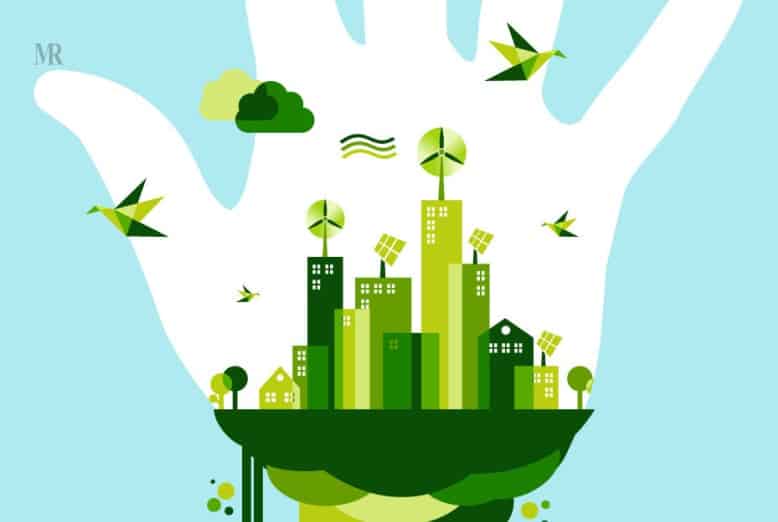Key Highlights:
- Japan announces to promote renewable sources of energy and reduce fossil imports within 2021-2030
- As the country has no grid interconnections with other countries, Japan is reliant on fossil imports
- The government has launched several policies to promote the cause
Green Strategy Including Hydrogen Power

Japan is heavily reliant on imported fossil fuels, and was dependent on nuclear energy until the 2011 Fukushima nuclear disaster. Prior to the disaster, nuclear energy was expected to be a dominant source of energy for the country, as until 2010 nuclear power contributed nearly 26.4% of annual generation. Following the disaster, the then government decided to abandon the use of nuclear energy considering its hazardous aftermath.
Recently, the country has announced to promote renewable sources of energy in order to cut dependency on fossil fuel imports. The country aims to inculcate sustainable and green sources of energy generation.
Renewable Sources of Energy Generation

As a country with no grid interconnections with other countries and self-reliant on power generation, Japan has announced to promote renewable power and reduce fossil fuel imports during 2021-2030. The Japanese Government is focusing on rapid development of renewable energy and has launched several policies such as Japan Renewable Energy Policy Platform (JREPP), and the formation of New Energy Development Organization (NEDO) to promote renewable energy.
Previously, Japan had included the encouragement of hydrogen in industry, power generation, vehicles, and shipping to accomplish its goal of net-zero emissions by 2050. Its latest green strategy is reliant on hydrogen to omit dependency on fossil fuels. Henceforth, the country strategizes to encourage harnessing of renewable sources of energy and inculcate reductions in fossil fuel imports within 2021 to 2030.
Japan’s Reliance on Fossil Fuel Imports

Japan is reliant on self- power generation methodologies for energy production. Until 2010, Japan’s major source of energy production was nuclear energy. After the country was hit by the 2011 nuclear disaster, the then government abolished the further use of nuclear energy.
Owing to abrupt shutdown of nuclear power plants, the power generation disruption caused led to an increased dependency on fossil fuel generation and imports and the heavy requirements contributed to a worldwide surge in fossil fuel prices—especially coal and liquefied natural gas (LNG). In 2012 and 2013, Japan emerged as one of the major importers of LNG.
COVID-19 Impacts

Japan was one of the top countries to be affected by the first and further waves of the COVID-19 pandemic. Although it did not introduce complete nationwide shutdowns, it imposed strict restrictions in the worst affected areas such as Tokyo and Osaka. These restrictions contributed to economic depletion and other economic activities in the country. As major construction works had to be suspended, the installation of fresh capacities were further delayed. In order to ease burdens on power utilities, Japan released aids to promote renewable energy projects bound by power purchase agreements (PPAs).
Green Energy in APAC Regions

According to recent research, Australia has emerged the Asia Pacific region in terms of renewable energy production—with 89 per cent of all power sources under construction being solar, wind, hydro or other renewables. This composes of one-third of all power projects with latest renewable energy sources to produce about 80 GW power in the future. With Japan being in the second position with large range of wind projects slated, is followed by Vietnam.
However, in terms of total production and capacity, China is the leading nation—despite claims from detractors that the world’s largest carbon emitter is not doing enough. One-third of all solar power projects in the APAC region are being built in China, while 58 per cent of all wind projects are also being constructed there as Asian giants adopt a renewables focus. It is home to the world’s largest solar farm—Tengger Desert (1,547MW) and the third largest at Yanchi Ningxia Solar Park (1,000MW).
Also Read:- World’s Largest Floating Offshore Wind Farm




















